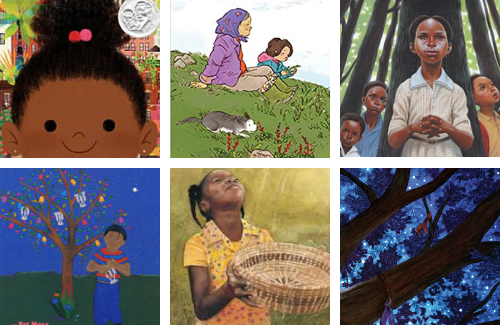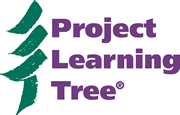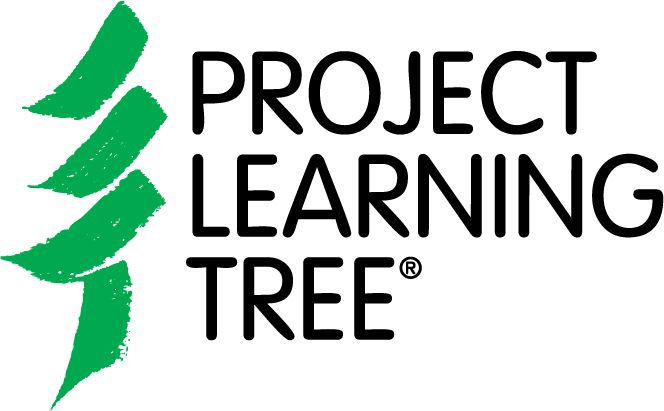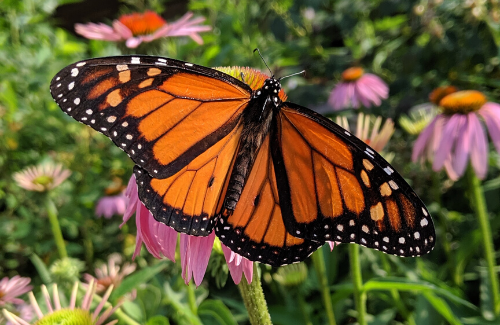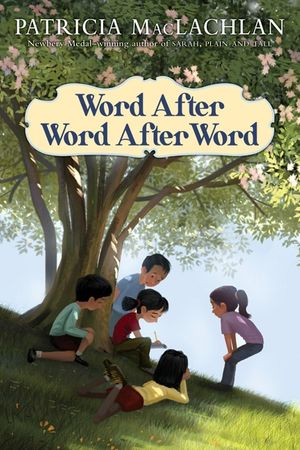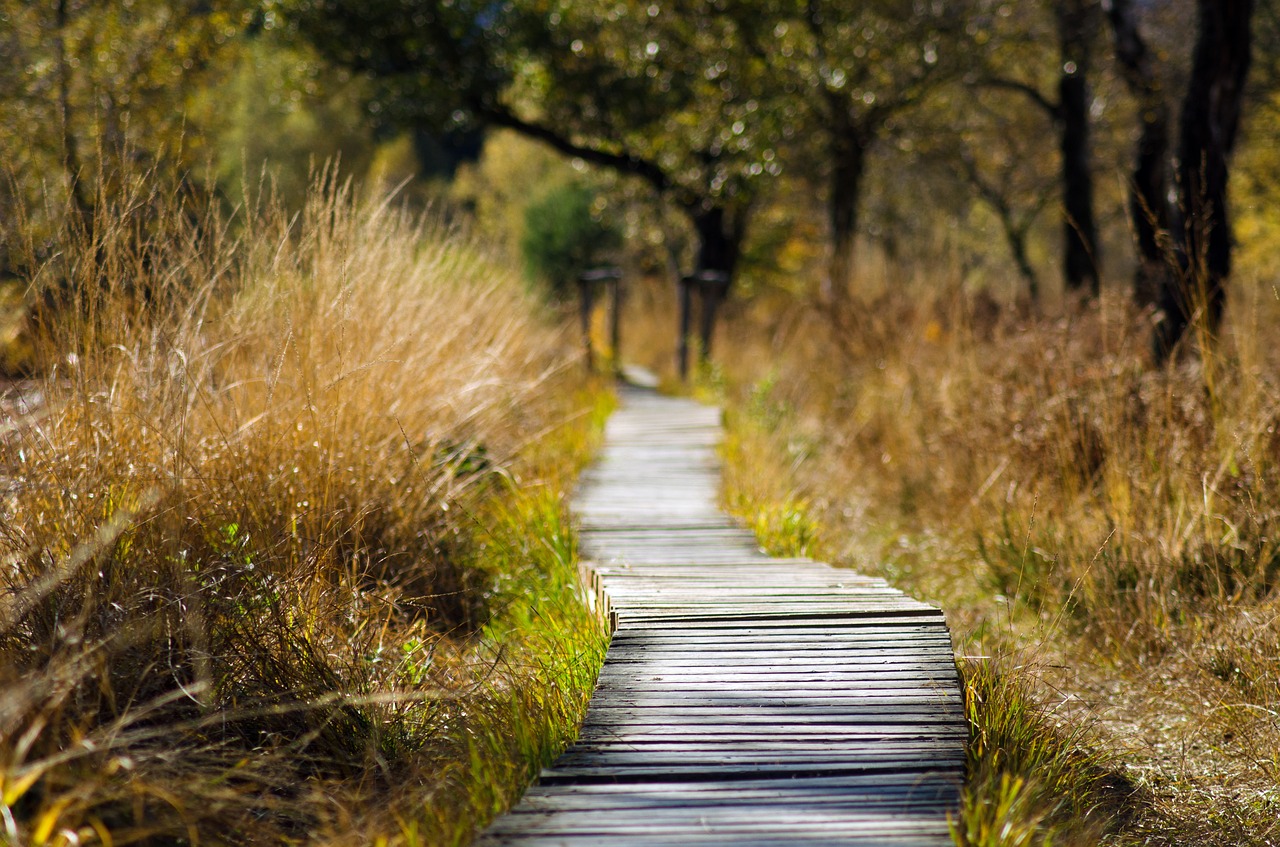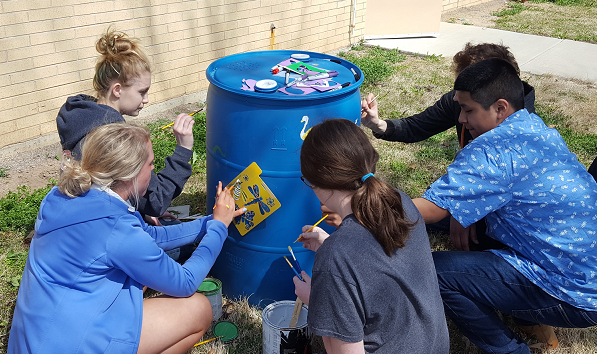Looking for some great summer reading choices? Encourage the children you teach to curl up with one of these riveting reads featuring BIPOC (Black, Indigenous, people of color) protagonists to learn about the natural world.
From planting native flowers, learning about plant-animal mutualism, and even building bat houses, there are so many hands-on ways for students of all ages to help promote and protect our pollinators.
This inspirational short novel for young readers explores the power of writing. Use Word After Word After Word to explore the question, “Why do you write?” and practice your craft.
Haga que los niños se interesen y se entusiasmen con la naturaleza en sus propios patios o en su vecindario con estos 11 consejos para que los padres conecten a los niños con la naturaleza.
Get kids interested and excited about nature in their own backyards or around their neighborhood with these 11 tips for parents to connect kids to nature.
We’re thrilled that 18 registered PLT GreenSchools have been recognized this year as part of the U.S. Department of Education Green Ribbon Schools program.
Did you know that you can adapt many of PLT’s activities to present virtually or assign to your students for independent exploration? “We All Need Trees” is a great example.
Incorporate art, science, geography, and math into your next nature walk to add an educational component to your outdoor exploration. Each nature walk offers something different for children to explore. Here are some activities to make a nature walk this #EarthDay2020 an engaging and enriching learning experience for children of all ages.
Bookmark these ideas for students to conduct investigations and learn about water conservation, plus tips for how to build your own rain barrel. This story highlights students in Kansas who calculated the amount of water their school uses, and the dollar savings in water bills after they installed rain barrels.
Have students discover the birds living in their backyard or on their block by using their sense of hearing with these STEM activities. How many unique bird species can you identify using only their song?
